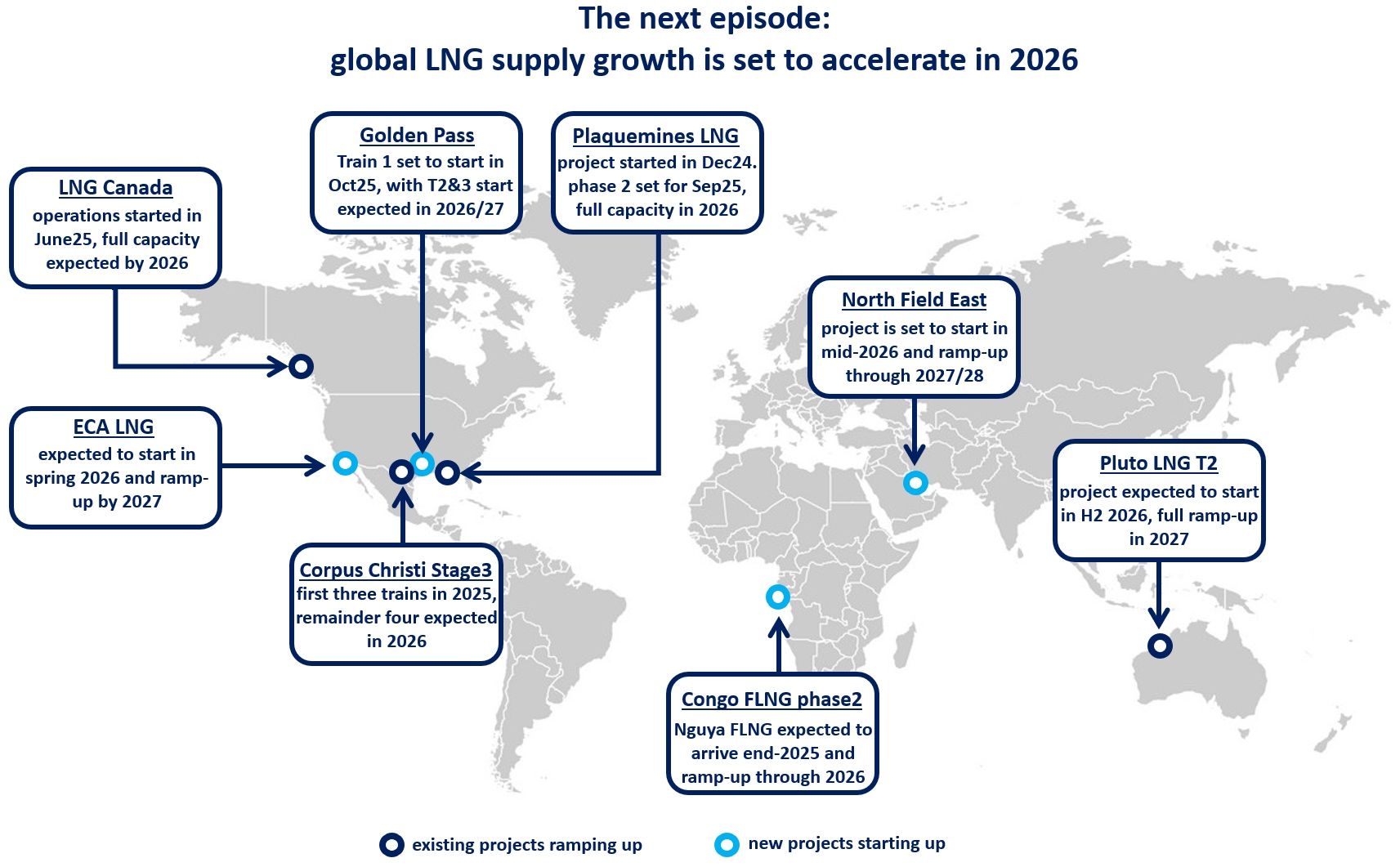

This report published in December 2020 analyzed prospects for creating gas hubs in the regions of Russia. A qualitative and quantitative analysis of the possibilities of creating at least four gas hubs in Russia due to favorable geographical conditions, export potential, as well as growing domestic demand is provided.
The four potential gas hubs in Russia are the ‘Eastern Gas Hub’, ‘Southern Gas Hub’, ‘Central Gas Hub’ and ‘Northwest Gas Hub’.
“Eastern Gas Hub”
The Vladivostok gas hub can accommodate physical trade of 132 bcm for domestic and export markets, which is significantly more than the supply of gas through the Power of Siberia pipeline to China and provides market diversification for Russian gas producers.
The activities for the implementation of this gas hub are creating a gas trading infrastructure on a multi-currency basis in Vladivostok, market working conditions TPA, preparing and carrying out gas trading with FOB Vladivostok terms, development of regulatory rules of the Petropavlovsk-Kamchatsky LNG terminal.
“Southern Gas Hub”
The southern gas hub could host physical trade of up to 50 bcm for domestic and export markets.
Measures to create a gas hub in southern Russia are construction of LNG production capacity on the Black Sea, creating an interconnector with Central Russian gas pipelines, preparation and tendering of gas with FOB Novorossiysk terms, market working conditions TPA.
The creation of a gas hub in Southern Russia will provide tangible synergy effects for the gas industry and the economies of Southern Russia: developing the gas trading infrastructure in Southern Russia; creating a regional gas trading hub; industrial development of the region and Black Sea ports; developing the gas chemical and fertilizer industry; creating a new energy carrier industry (hydrogen, ammonia, methanol).
“Central Gas Hub”
This gas hub could be used to organise gas trade in Russia to supply private gas consumers in Ukraine and Poland.
Activities to establish the hub are market working conditions TPA, preparation and implementation of gas trading on a multi-currency basis (ruble, zloty, hryvnia) in Central Russia; transfer of gas trade for industrial and power generation companies to the gas exchange.
Expected results are shift part of gas trade to Russian jurisdiction, including for deliveries to Ukraine and Poland; development of a central hub interconnector system with northwest and southern trading hubs will allow rapid reallocation of gas flows between the southern and northern supply routes.
The central Russian gas hub could host physical trade of up to 100 bcm for domestic and export markets.
“Northwest Gas Hub”
In the north-western part of Russia, there are already opportunities for the creation of a regional gas hub. “Nord Stream” and “Nord Stream 2” and several existing medium-scale LNG projects form the basis of a regional European hub. The sale of gas for export in roubles demonstrates the possibility of creating, at the least, a regional European hub in Russia.
There is already some experience in selling gas in local currency. In 2019 “Gazprom Export” conducted the first transaction on its electronic trading platform to sell gas for export to Western Europe at a price set in roubles.
The northwest gas hub could host physical trade of 147 bcm for domestic and export markets.
The above text contains only selected information from the report. The full report is available in Russian on the Energy Centre at Moscow’s SKOLKOVO School of Management website HERE.
The report was prepared during 2020 by a team of SKOLKOVO Energy Summer School alumni in frames of the Gas Hub Working Group at The Energy Centre in Moscow school of management SKOLKOVO.
Editor and coordinator: Alexander Klimentyev.
Authors: Kamil Sobczak, Jinsok Sung, Inna Kirilkina, Amina Talipova.













